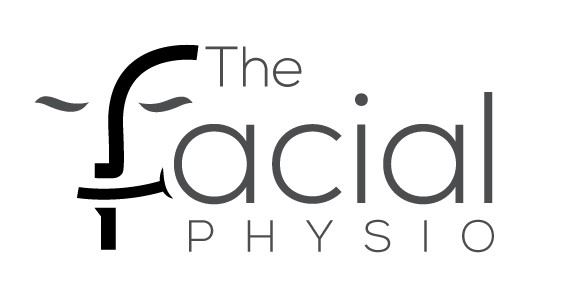My Crystals are loose
If you are diagnosed with BPPV (“crystals being loose”) please do not go home with a handout or find an exercise on google and treat it by yourself. Why you say? One of the analogies I like to explain to people… Would you take medication without even knowing what you were taking it for or without knowing what it could do? Treating BPPV is complex.
What is BPPV?
Benign Paroxysmal Positional Vertigo.
Lets break this down; Benign (“harmless”- even though it may not feel harmless), Paroxysmal (“sudden” episode), Positional (triggered by change in head position relative to gravity) and Vertigo (when you see the world spinning, dizziness and imbalance).
It is characterised by an episode (or multiple) of “spinning” associated with change in head position that can last for less than a couple of minutes.
Why does it occur?
Our inner ear balance organ – The Labryinth, has different areas which give us information on linear and angular movement. Two areas known as the saccule and utricle have surfaces with hair cells that are covered by a gel like membrane. On top of this membrane sit calcium carbonate crystals.
In BPPV some of these crystals can come loose.
There are many reasons this can occur: trauma (a knock to the head), neuritis (inflammation of the nerve), idiopathic (no reason), some people may have a predisposition due to their general health (diabetes, hypertension, age).
Before we treat your BPPV we must determine what ear the crystals are loose in and more specifically which canal. (Remember you have 3 canals in your left and right balance organs. You have two ears that the crystals can be lose in.) Keeping this in mind we do not expect you to be able to diagnosis this yourself at home, let alone be able to pick the right treatment. If your crystals are loose and you try and self-treat not only can it make you very unwell and feel like you are losing your balance, it can be scary and disorienting.
How do we assess?
When you come in to see us the most important thing is taking a thorough history and objective assessment- including the Dix-Hallpike and Roll tests for BPPV. Dizziness is very complex. That is why we have state of the art technology to assess your eye movements and record your nystagmus.
How do we treatment:
The most effective treatment for BPPV is a Canalith repositioning treatment/manoeuvre (Modified Epley and BBQ roll). A lot of people have been prescribed the Brandt-Daroff exercises. This exercise definitely serves a purpose, but it is not as specific or effective in treating BPPV in comparison to the CRT. Amore Dorado et al 2012 did a randomised control trial that showed Brandt-Daroff exercises resulted in 25% remission of BPPV in comparison to CRT, which resulted in 80.5% remission.
Know that when you come and see us for treatment, we will be using the most effective treatment for you. Please do not do a Brandt-Daroff, somersault or any other manoeuvre by yourself at home. Doing this can result in the crystals ending up in different canals/ multiple canals and you feeling very unwell.
Dizziness is what we see day in, day out, why not come in and let us help you.
References:
Amor-Dorado JC, Barreira- Fernandez MP, Aran-Gonzalez I, Casariego-Vales E, Llorca J, Gonzalez-Gay MA. Particle repositioning maneuver versus Brandt-Daroff exercise for treatment of unilateral idiopathic BPPV of the posterior semicircular canal: a randomized prospective clinical trial with short and long term outcome. Otol Neurotol. 2012.
